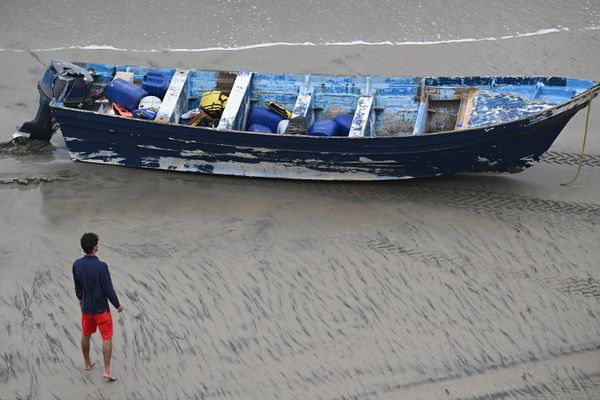
She was the daughter of an Indian Sufi mystic, who gave her life as a British agent fighting with the French resistance and for the cause of freedom. Now, 76 years after 29-year-old Noor Inayat Khan was captured by the Gestapo and executed in the Dachau concentration camp, a previously-unpublished account reveals that it was her love of the colour blue that betrayed her to the enemy.
The author of a forthcoming book has had access to a memoir that sheds new light on a heroine who, in sending vital messages back to London as a wireless operator behind enemy lines, significantly aided the success of the allied landing on D-day. Codenamed Madeleine, she became a high-value target for the Gestapo.
Arthur Magida told the Guardian that he acquired an account by Pierre Viénot, a fellow resistance fighter, written as a private memoir for his family: “It’s never been used or published. I learned from it that, in the autumn of 1943, with the Gestapo closing in on her, they do everything they can to save her. They take her to a hair salon and get her a whole new wardrobe – except that everything she’s chosen is blue, just like before, and the Gestapo knows that Noor’s really fond of blue. That was a key factor that helped give her away. They had an idea of what she looked like physically, but blue was the radar that they picked up on.”
Viénot’s resistance codename was “Louis Deux”. Working for an electronics company, he risked his life by stealing German seals to authenticate fake papers and used a double-bottomed briefcase to hide blueprints for equipment the Nazis were using to jam radio signals.
He wrote in his memoir that after working with Khan for some weeks she was so exhausted that she could barely sit up when they went to a cafe. He suggested that they go to a hotel. Taking her by the arm, “like lovers” he recalled, “we ask for a room”.
He added: “Behind the locked door, she collapses on the bed while I sit in a chair, reading. Two hours later, she wakes up, splashes water on her face, and we get ready to get on with our work … [Khan] suggested he “mess up the bedding to make it seem real”.
The book, titled Code Name Madeleine: A Sufi Spy in Nazi-Occupied Paris, will be published by WW Norton next month.
Eventually betrayed by someone in the network, Khan was arrested and imprisoned before being shot by an SS executioner.
Her nephew, David Harper, opened up her private papers to Magida, who was also taken aback by a previously unpublished handwritten essay in which she had written about the “joy of sacrifice” and how shooting a pistol helps “concentration & meditation”.
Magida said: “This is Noor speaking in her own words. It seems to be generally an essay about world religions. She was bringing the spiritual discipline … nurtured since childhood to the art of using firearms.”
He believes that she may have written it in 1943, while she was being trained by the Special Operations Executive in espionage, sabotage and reconnaissance: “She knew nothing about shooting guns before that. Her words reflect her dedication and determination … This essay indicates a woman who would not stop at anything to secure the safety of the world, even if it meant irreparable harm to herself.”
Her plight mirrors our own times, with people having to make all sorts of sacrifices and, in that essay, she also wrote of solitude: “The heart must be broken for the real to come forth.”
Magida said: “She would experience the art of solitude in Nazi prisons.”







